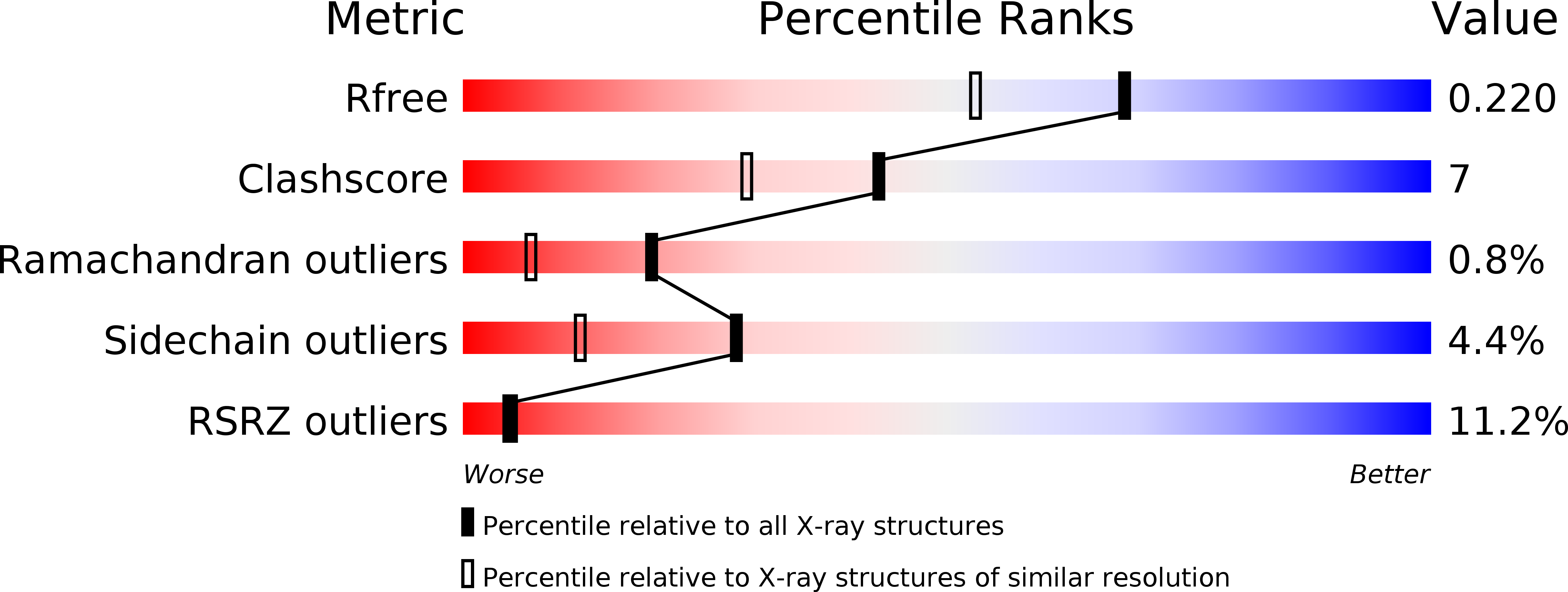
Deposition Date
2006-07-26
Release Date
2007-07-03
Last Version Date
2024-02-14
Entry Detail
PDB ID:
2HU9
Keywords:
Title:
X-ray structure of the Archaeoglobus fulgidus CopZ N-terminal Domain
Biological Source:
Source Organism:
Archaeoglobus fulgidus (Taxon ID: 2234)
Host Organism:
Method Details:
Experimental Method:
Resolution:
1.78 Å
R-Value Free:
0.22
R-Value Work:
0.20
R-Value Observed:
0.20
Space Group:
P 21 21 21


